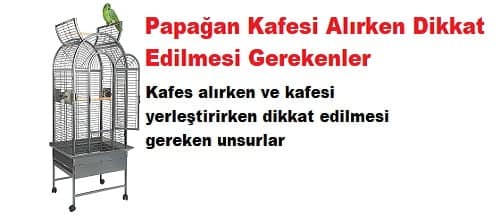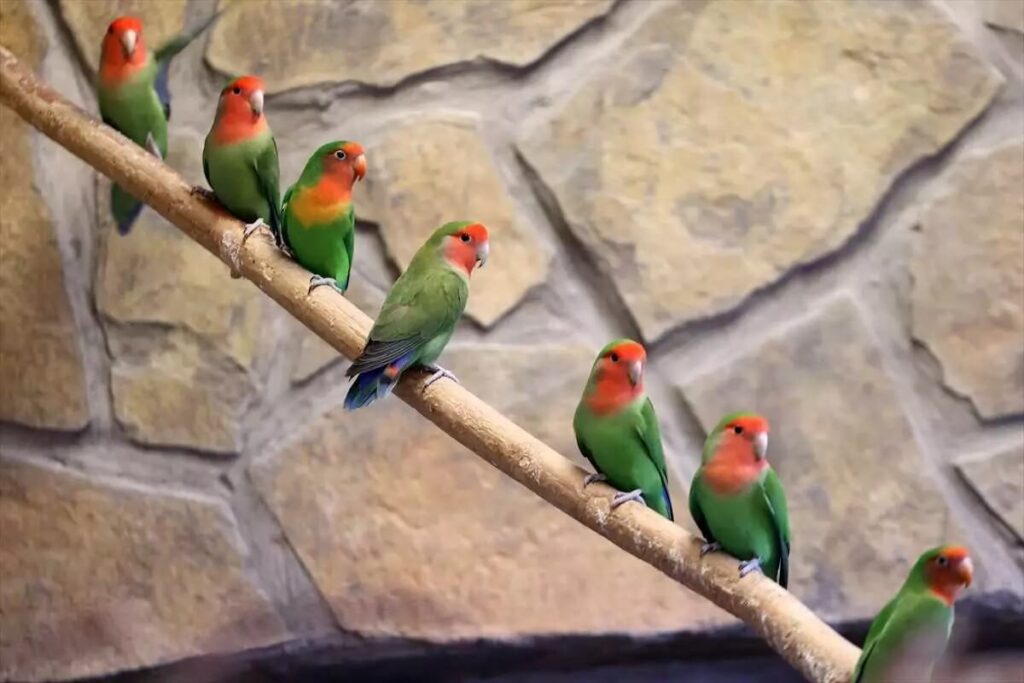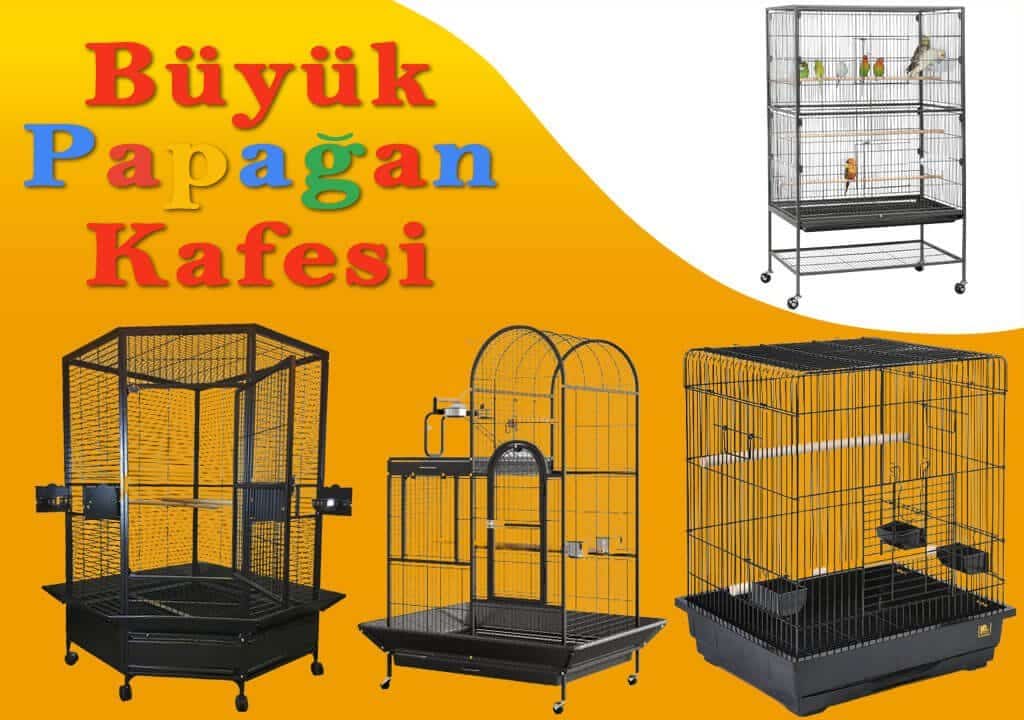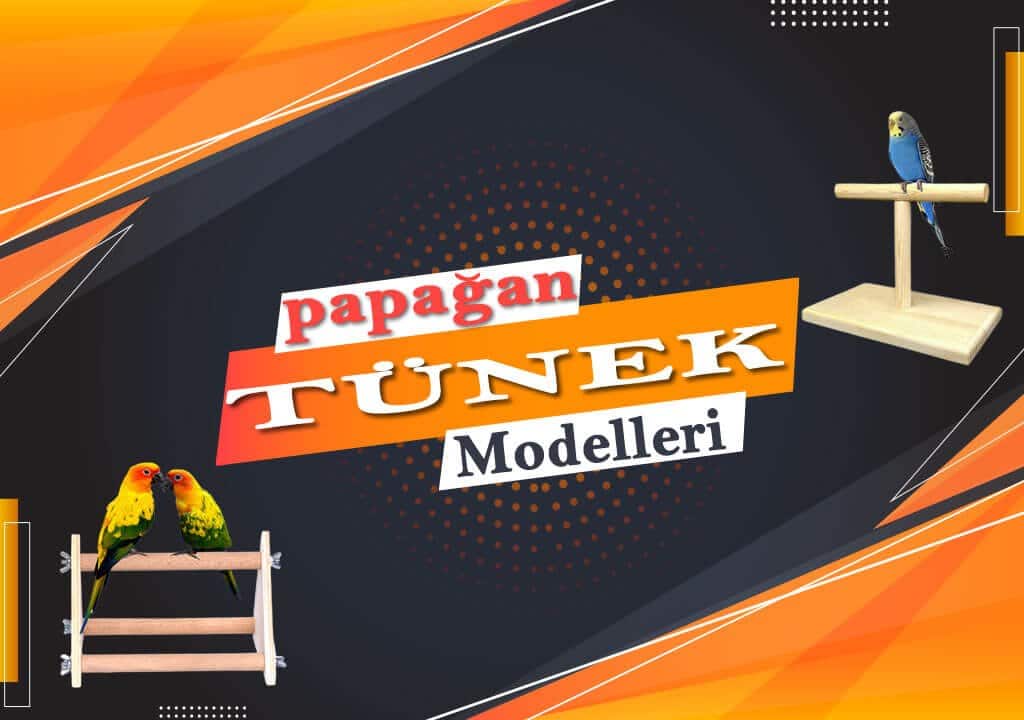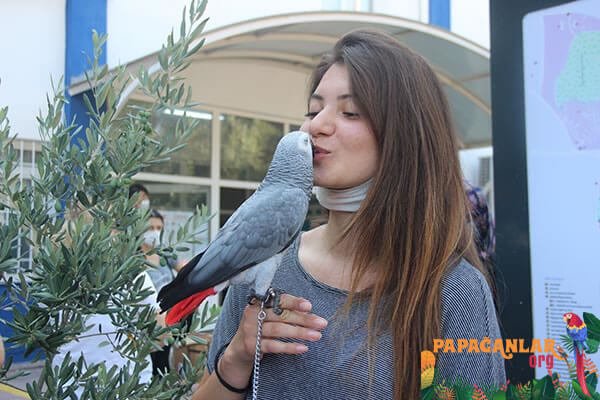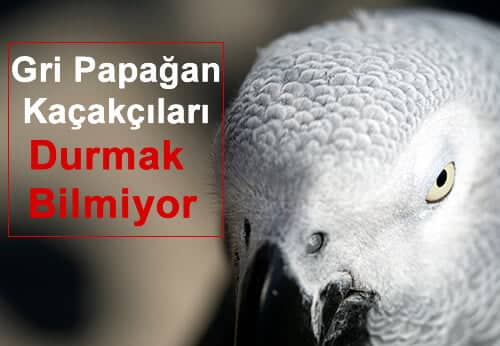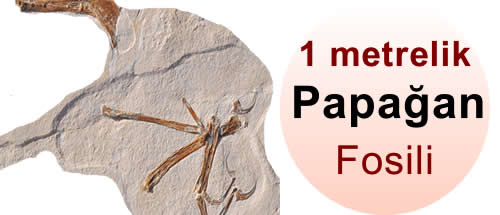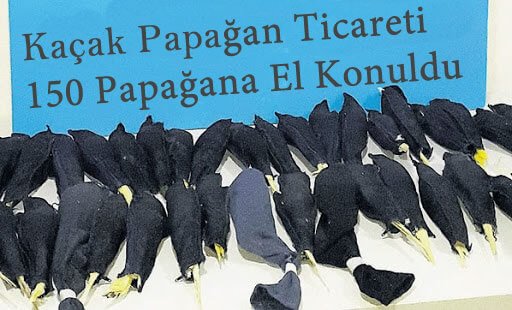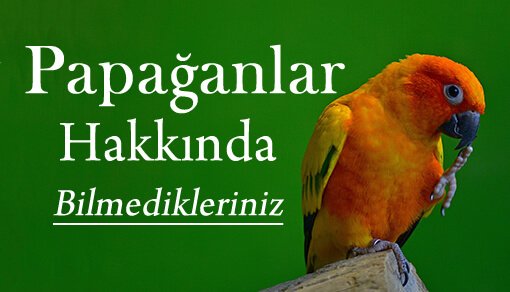The factors to be considered when buying a cage and placing the cage are as follows:
- Wire diameter
- Wire spacing and spot quality
- The material used in the wire and lock mechanism
- lock mechanism
- The bottom part is easily removable and suitable for cleaning.
- Number of bait bowls
- Opening the top
- Shape
- Dimension
- Location
Wire diameter:
The beak of parrots is much stronger than expected. Therefore, the chance of thin wires to withstand this force is very low. Although this is not a major problem in small parrots, it is a matter to be considered in medium-large parrots. For medium-large parrots, it is useful to have a wire diameter of at least 3-4 mm.
Wire spacing and spot quality:
The wire spacing should be small enough for a parrot’s head to fit, but wide enough not to obstruct her view too much. 1 cm for small parrots, 2 cm for medium parrots, and 3 cm for large parrots are the most appropriate measurements. As mentioned before, because the beak of parrots is very strong, spot welding must be done very well.
Material used in wire and lock mechanism:
Generally, cages manufactured using galvanized (zinc plated) iron after welding are sold on the market. However, although it is very expensive, cages made of stainless steel are the most suitable for both the lifespan and the health of your parrot. It has been reported that in some cage species imported from Far East countries, the coating on the locking mechanism peels off in a very short time, and this substance can cause poisoning and even death of parrots. For this reason, it is useful to be careful when buying these cages.
Lock mechanism:
Parrots can open even the most complex locks thanks to their advanced intelligence. Therefore, locks that cannot reach the opening mechanism with its beak should be preferred and ?padlock? So-called locks should never be used. Because these locks contain some dangerous and heavy metals, they can cause poisoning and even death of your parrot.
The lower part is easily removable and suitable for cleaning:
It can take a long time for parrots to become domesticated, and during this time, parrot cleaning can turn into a nightmare for both her and you. Therefore, the lower slider and lower wire must be easily removed and installed. This is something that really needs attention.
Number of bait bowls:
There are usually two feeder spaces in cages available in the market, but three or more of them can be used for fruit, sand, etc. that you will give your parrot. It will provide convenience in terms of food.
Opening the top:Open-top
This type of cage, which is called as, offers many advantages in terms of ease of use and care of your parrot. Therefore, it is beneficial to prefer this type of cage.
Shape:
Parrots cannot be comfortable in round cages because these cages without corners do not meet the security needs of parrots, which are prey animals in nature. It is beneficial to use square or rectangular lattices.
Dimension
The cage size should be at least 60*40*40cm (width*depth*height) for small parrots. Your parrot should be able to open its wings easily in the cage without hitting the cage.
Location
It is convenient to place the cage in a corner of the room where there is no draft and not close to the heater and the window. It is also beneficial that the height of the cage with its footrest does not exceed the level of a person’s chest. Because although it has not been fully proven, there is a ‘height complex’ (height dominance) in parrots. Namely, the higher one is in a higher position in the herd, and being the herd leader in the home environment will cause many problems.
Feeder-Drinker
Generally, containers made of hard plastic are used.
Toy
Swings, bells, etc. toys can be easily found in the market. In addition, a tightly knotted piece of rope or a few keys put together will suffice to keep it busy. If you are going to manufacture the toy yourself, it is recommended to use natural and unpainted materials. The toy should be such that it does not get tangled in the parrot’s feet and does not pinch its nails or beak. Pointed toys can also be harmful to your parrot.
Perch
It is necessary to have perches of different thicknesses in the cage. These will provide your parrot with the opportunity to exercise, protect the foot health and prevent the development of diseases such as rheumatism.
climbing branch
Parrots need climbing branches to spend time and exercise. Parrots living in small cages and sedentary for a long time can suffer from diseases such as rheumatism, feather plucking, etc., and their lifespan is shortened. It is possible to manufacture the climbing branch by placing a tree branch with lots of horizontal branches in different thicknesses in the middle of an empty cheese tin or a large plastic bucket and fixing the sides using stone or concrete. The bases, which are used to fix the sun umbrellas and filled with water, can also be used for this purpose. Instead of a climbing branch, ?stand? Apparatuses with six trays called feeders and waterers can also be used.
T Perch
You can easily manufacture this apparatus, which is frequently used for educational purposes, by yourself. After dividing a broom handle into two parts of 40 and 40 cm, a ?t? Fix it with screws and glue to form the letter. Fix the lower part on a 40*40 cm wooden plate with screws and glue. The most important point here is that the plate at the bottom is heavy and the perch is strong enough to not topple over.
beak stone
Mineral-added beak stone not only prevents the parrots from getting too long, but also provides some minerals that they are deprived of in the cage environment.




